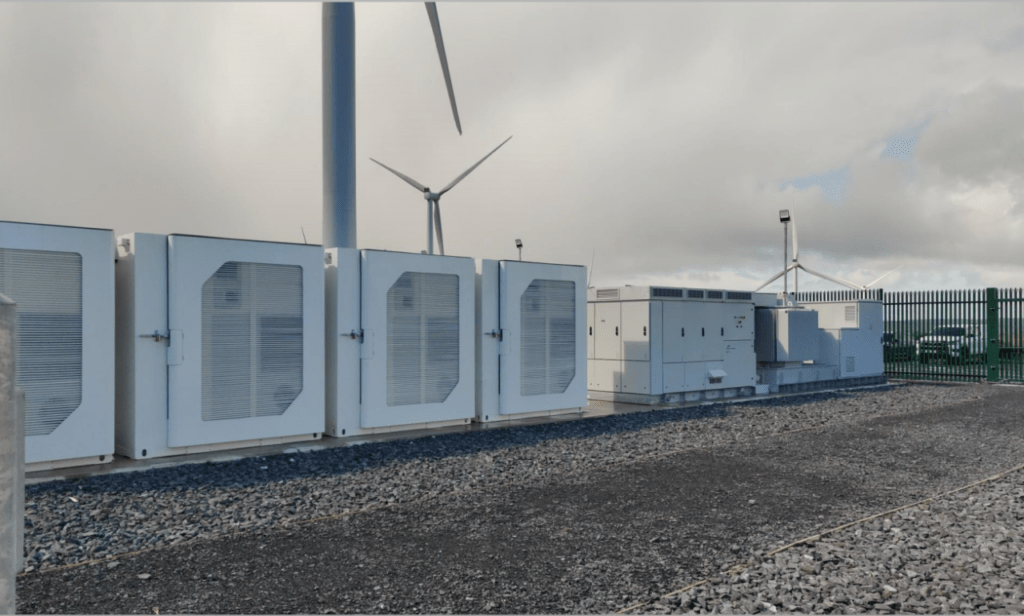
There is growing consensus from European Union policymakers and regulators that energy storage is vital to securing affordable and low carbon energy, but the technologies still face market challenges.
As a relatively new and complex technology with a wide variety of different use cases open to it, battery-based energy storage isn’t yet being made the most of, Lars Stephan, policy and market development manager for Fluence, told Energy-Storage.news.
Enjoy 12 months of exclusive analysis
- Regular insight and analysis of the industry’s biggest developments
- In-depth interviews with the industry’s leading figures
- Annual digital subscription to the PV Tech Power journal
- Discounts on Solar Media’s portfolio of events, in-person and virtual
In May, as the European Union (EU) launched REPowerEU, the energy storage industry’s initial disappointment at being excluded from an early leaked draft of the document – which set out pathways to reduce dependence on Russian gas and accelerate decarbonisation – gave way to a more positive feeling.
REPowerEU in its final form did include mention of energy storage and noted that the ability to balance the grid as well as supply and demand for power in the European grid is crucial to long-term goals.
That said, it was short on details of how this would be achieved, and more attention was paid to other areas like green hydrogen and carbon capture and storage, which are arguably less mature technologies.
While REPowerEU sets a target for 45% of Europe’s energy generation to come from renewable sources by 2030, and the strategic plan mentioned energy storage’s role in getting there, it did not set targets or benchmarks for the amount or proportion of storage relative to generation.
Lars Stephan said he believed there is also growing consensus from EU policymakers in Brussels that energy storage needs to be part of upcoming electricity market design reform and will have an important role to play.
“However, it is yet to translate into tangible policy actions to enable and support energy storage. This is the major challenge that we’re seeing today,” Stephan said.
Although market analysts at BloombergNEF and others have forecast that REPowerEU will be a major driver for activity in the market, at present, Europe’s deployment of energy storage has been slower than in regions like the US, Australia and the UK, despite having had a head start on at least two of those territories.
Trade group the European Association for Storage of Energy (EASE) has modelled that the EU could need 187GW of energy storage by 2030, which given that it only managed about a gigawatt in 2021, seems a steep climb.
Industry unites behind urgent call to policymakers
In July, the CEOs of Fluence and eight other organisations from across the sector sent an open letter to European policymakers, urging for the introduction of “adequate targets and policy frameworks” to make it happen.
There are now 28 co-signatories to that open letter, and among other energy storage industry players like Gore Street Capital and Kyon Energy is Swedish state-owned utility company Vattenfall and various research institutions.
“The industry is uniting to underline that we need to build an energy system that is able to integrate much higher levels of renewable energy – otherwise we will fail to reach the targets set out by the European Union,” Lars Stephan said of the letter and the push behind it.
“Europe thus needs a rapid rollout of proven and scalable technologies to increase grid flexibility and enable the safe and efficient integration of renewable generation.”
Stephan said that grid-scale energy storage is one of a number of important tools in decarbonising and securing energy supply, along with demand response, electrification of vehicles and buildings, distributed energy storage, and other technologies.
However, while all of these technologies have a role to play and a technology agnostic view should be taken, large-scale battery storage systems can be deployed in about a year-and-a-half and have an immediate impact in reducing the volatility of electricity pricing. Adapting network codes for demand response, for example, could take “years to have a tangible effect,” Stephan said.
“At the same time, especially during the energy crisis, we see huge wholesale price spreads with high electricity costs driven by gas-based power generation. In this situation every megawatt, every gigawatt of storage, helps reduce spreads and thus bring prices down.”
Pumped hydro energy storage (PHES) already does this today: reducing the overall cost of electricity by shifting cheaper electricity generated at off-peak times into the evening peaking hours. Essentially, this is what the EU’s short-term market intervention strategy aims to do, by asking EU Member States to reduce their peak consumption of grid electricity during high stress periods.
“Large capacity of [battery-based] energy storage integrated as a peaking asset would have the same effect on the system. While utility-scale storage may still take 12-16 months to be operational from the investment decision, it is faster, more flexible than any alternative.”
Energy-Storage.news’ publisher Solar Media will host the eighth annual Energy Storage Summit EU in London, 22-23 February 2023. This year it is moving to a larger venue, bringing together Europe’s leading investors, policymakers, developers, utilities, energy buyers and service providers all in one place. Visit the official site for more info.






